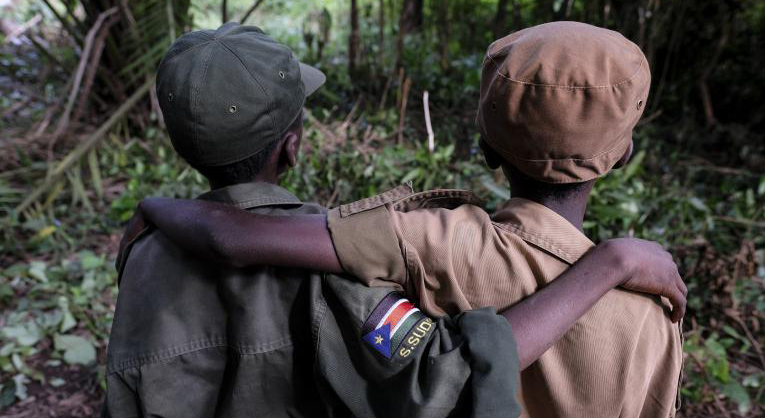Positive Peace is a useful overarching measure of progress in society
Academic Unmana Sarangi believes that “positive peace” tends to grow in an environment of “negative peace.” In other words, states in conflict and war, or oppressive states, tend to see negative economic growth, while the absence of violence corresponds highly to economic growth, availability of housing, medical care, and development of social institutions and products that serve areas related to positive peace.
IEP finds that every 1 percent improvement in Positive Peace corresponds with a 2.9 per cent growth in real GDP per capita.
The quest to define peace as a concept and set of values is as old as recorded history
The effort to define peace more systematically, and within a rational and humanist approach based on knowledge, and on clearly defined methodologies for research and analysis is indeed a more modern invention, common across cultures and religions worldwide.
This quest to define peace has become even more significant in recent times. Deaths from violent crimes have continued to decline over the decades, and the likelihood of a power struggle between major world powers at its most likely point since the Cold War. In addition, terrorism has spread to more countries and battle-related deaths have been increasing.
Rescued child soldiers, South Sudan, April 2018. © UNICEF/UN0202141/Rich
In this context it is important to consider the long historical evolution of the concept of peace which has been enriched by progressive definitions of its meaning and by methodologies for its implementation. Johan Galtung himself was influenced very much in his peace thinking by the pacifism of Gandhi, who was concerned to understand the root causes of violence and the nonviolent alternatives to this in the pursuit of truth – satyagrha – a universal human value.
So while the term was used first by Galtung, the idea of peace as a positive construction preoccupied many peace thinkers and activists. For example, at round the same time that the term 'positive peace' was first used, the economist Kenneth Boulding wrote about the need to establish stable peace. By stable peace, he meant a durable and resilient peace which minimised the risk of a relapse of the system into war. Boulding, like other pioneers of peace researched listed in the timeline below, wanted to understand how social systems changed over time, and to analyse which institutions and structures within the social system worked in favour of stable or positive peace and which worked against against it, pushing the system back to violence and war.
In traditions of pacifism, including leaders like Tolstoy, Gandhi, Martin Luther King, the Dali Lama, and more recently strategic nonviolence advocated like George Lakey, there is the same pre-occupation, to understand how to enable and sustain a systematic and durable transformation to a stable peace.

